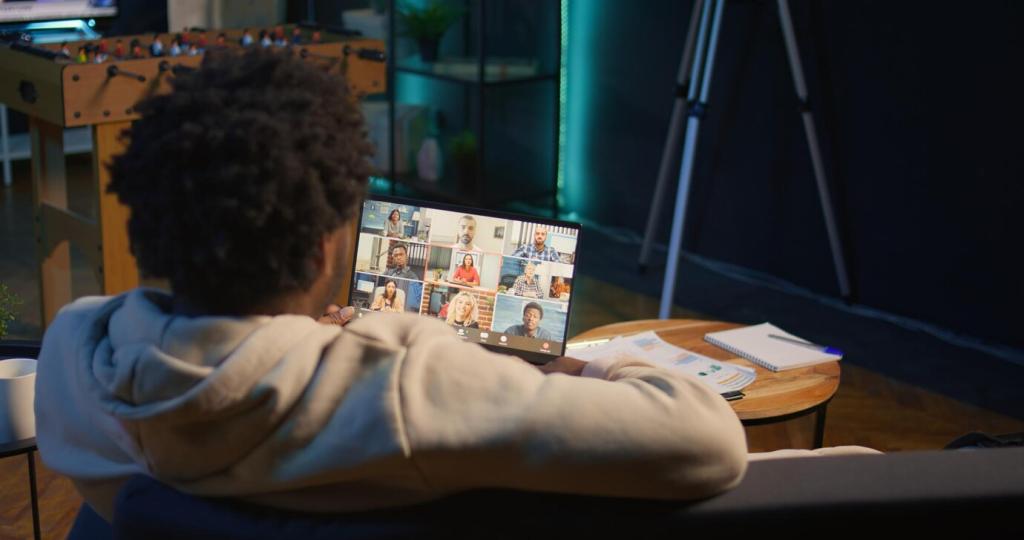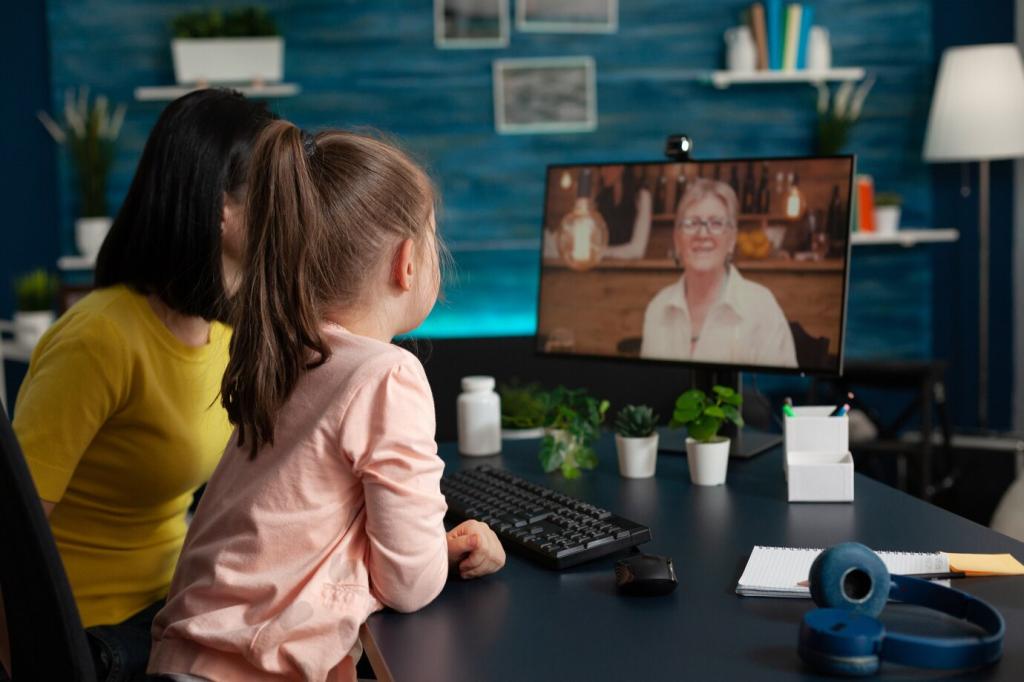Igniting Student Engagement in Blended Learning Environments
Chosen theme: Student Engagement in Blended Learning Environments. Welcome to a space where presence, purpose, and playful curiosity meet design. Let’s reimagine participation across classrooms and screens—and build a community that keeps showing up, thinking deeply, and caring.

Why Engagement Matters in Blended Learning
01
The Engagement–Outcome Link
When students invest attention, emotion, and effort—both online and in-person—performance improves, attrition drops, and reflection deepens. Engagement transforms content into context, helping learners connect ideas, transfer knowledge, and stay motivated across changing modalities.
02
Motivation, Autonomy, and Belonging
Blended designs that support autonomy, competence, and relatedness fuel intrinsic motivation. Give students choices, chances to feel capable, and a community to belong to, and participation becomes a habit, not a hoop to jump through.
03
A Quick Snapshot from a Campus Pilot
In one pilot, weekly online warmups plus in-class problem sprints raised discussion participation by half a letter grade’s worth of improvement. Students reported feeling seen before they walked into the room—so they came ready.



Human Presence Online: Building Community Across Screens
Open modules with a short video or audio note that names the week’s purpose and invites curiosity. Acknowledge student wins. Answer one common question publicly. Small signals of care create outsized engagement dividends.

Human Presence Online: Building Community Across Screens
Structured peer replies, rotating discussant roles, and collaborative annotation turn forums into conversations. When students expect thoughtful responses from peers, they craft more meaningful posts and revisit threads to continue learning.

This is the heading
Lorem ipsum dolor sit amet, consectetur adipiscing elit. Ut elit tellus, luctus nec ullamcorper mattis, pulvinar dapibus leo.

This is the heading
Lorem ipsum dolor sit amet, consectetur adipiscing elit. Ut elit tellus, luctus nec ullamcorper mattis, pulvinar dapibus leo.
Motivational Mechanics without Manipulation

Gamification Done Right
Leaderboards for collaboration, badges for mentorship, and quests aligned to outcomes can energize participation. Tie rewards to community contributions and mastery, not mere completion, to preserve trust and academic integrity.

Authentic Choice and Voice
Offer alternative pathways to the same outcomes: podcast, infographic, demo, or micro-essay. Choice respects identity and strengths, letting students lean into curiosity while still meeting rigorous standards together.

Narrative Threads and Thematic Cohesion
Frame modules as chapters of a shared story—client challenges, scientific mysteries, or social problems. Narrative continuity invites return visits, helping students feel part of something unfolding and worth showing up for.
Inclusive Engagement for Diverse Learners
Offer multiple ways to participate: speak, write, sketch, annotate, or record. Provide exemplars and rubrics in advance. Clear expectations reduce ambiguity, inviting students to focus energy on thinking rather than decoding tasks.
Inclusive Engagement for Diverse Learners
Invite examples from students’ communities, industries, and languages. Encourage translanguaging in discussion drafts. When content mirrors lived realities, students invest more attention and bring richer perspectives to the blended classroom.


A Biology Lab Goes Hybrid
A professor replaced a pre-lab quiz with an image scavenger hunt of cellular processes around campus. Lab time shifted to analysis and debate. Attendance rose, and students lingered after class to compare findings.
Reigniting a Disengaged Cohort
In a struggling cohort, weekly reflection podcasts replaced text posts. Students recorded from buses and kitchens, bringing authenticity. Faculty replied with short voice notes. Within three weeks, forum replies doubled and grew more thoughtful.
One Student’s Week
Maya planned study sprints around short online check-ins, then arrived on Friday ready for a spirited case discussion. She shared a misstep, gained peer feedback, and revised confidently—evidence that engagement fuels resilience.
Your Next Steps: Pilot, Reflect, Iterate
Pick one module to redesign with a pre-class prompt and an in-class application. Announce the change, explain the why, and gather quick reactions. Early wins generate momentum and signal that participation matters.
Ask students what helped them engage this week and why. Close the loop by posting what you heard and what you will try next. Trust grows when learners see their voice shaping design choices.
Post your story in the comments, subscribe for monthly idea kits, and invite a colleague to pilot with you. Your experiments—wins and stumbles alike—help the community learn faster and support more engaged classrooms.

